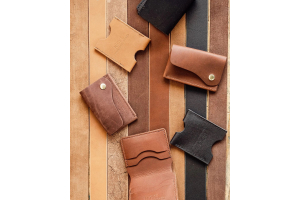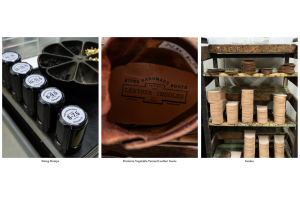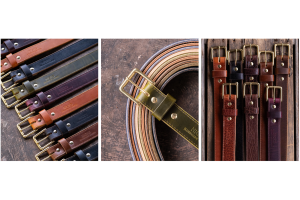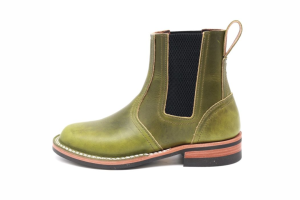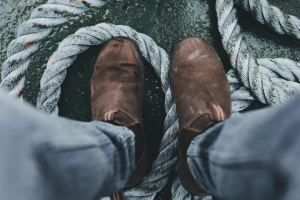How To Maintain Leather Boots: Care Tips For Longevity
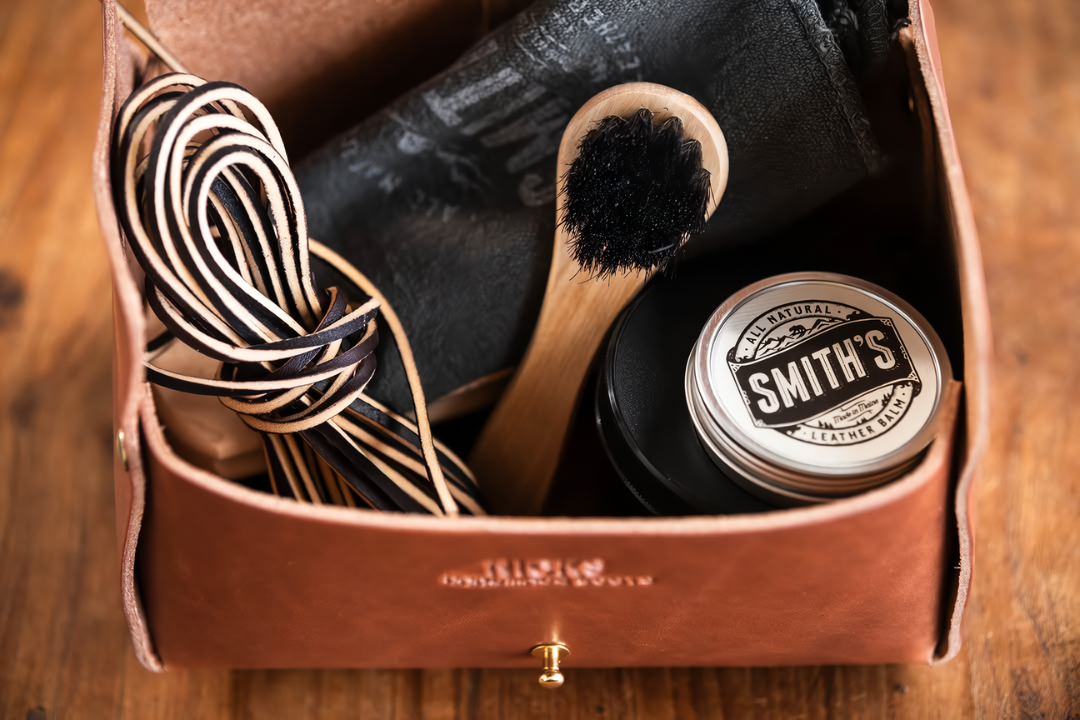
Key Takeaways:
- Regular Cleaning is Crucial: Cleaning leather boots after use prevents dirt buildup and protects their appearance. Use a soft brush or damp cloth to remove surface grime.
- Conditioning Preserves Durability: Leather loses its natural oils over time, causing cracks. Conditioning replenishes these oils, keeping boots soft and flexible.
- Proper Storage Extends Lifespan: Store leather boots in a cool, dry place with boot trees to prevent creasing. Avoid moisture and direct sunlight for lasting quality.
How do you keep leather boots looking as good as the day you bought them? Without proper care, even the toughest leather can lose its luster and wear down faster than you’d expect, leaving your investment vulnerable to damage.
At Nicks Boots, we’re proud to design footwear that embodies craftsmanship and resilience. Our decades of expertise have taught us that maintaining leather boots is about more than appearance—it’s about preserving their unmatched durability.
In this guide, we’ll provide actionable steps to care for your leather boots and preserve their durability over time. From cleaning to conditioning and proper storage, these tips will ensure your boots stay functional and stylish for years.
Why Proper Maintenance Is Essential For Leather Boots
Leather boots are a timeless investment, prized for their durability and classic appearance. However, leather is a natural material that requires care to retain flexibility and strength. Neglecting proper maintenance can lead to dryness, cracking, and weakened structure, ultimately cutting short the lifespan of even the best-crafted boots.
Caring for your leather boots is about maintaining their aesthetic appeal and protecting their functionality. Regular cleaning removes dirt and grime that can degrade the leather, while conditioning restores essential oils, keeping the material supple. These simple steps can prevent long-term damage and ensure your boots are always ready for action.
By taking a proactive approach to maintenance, you can safeguard your boots against the elements and everyday wear. This attention to detail preserves their appearance and the craftsmanship and performance that make them stand out. Proper care transforms your boots into a long-lasting partner for every journey.
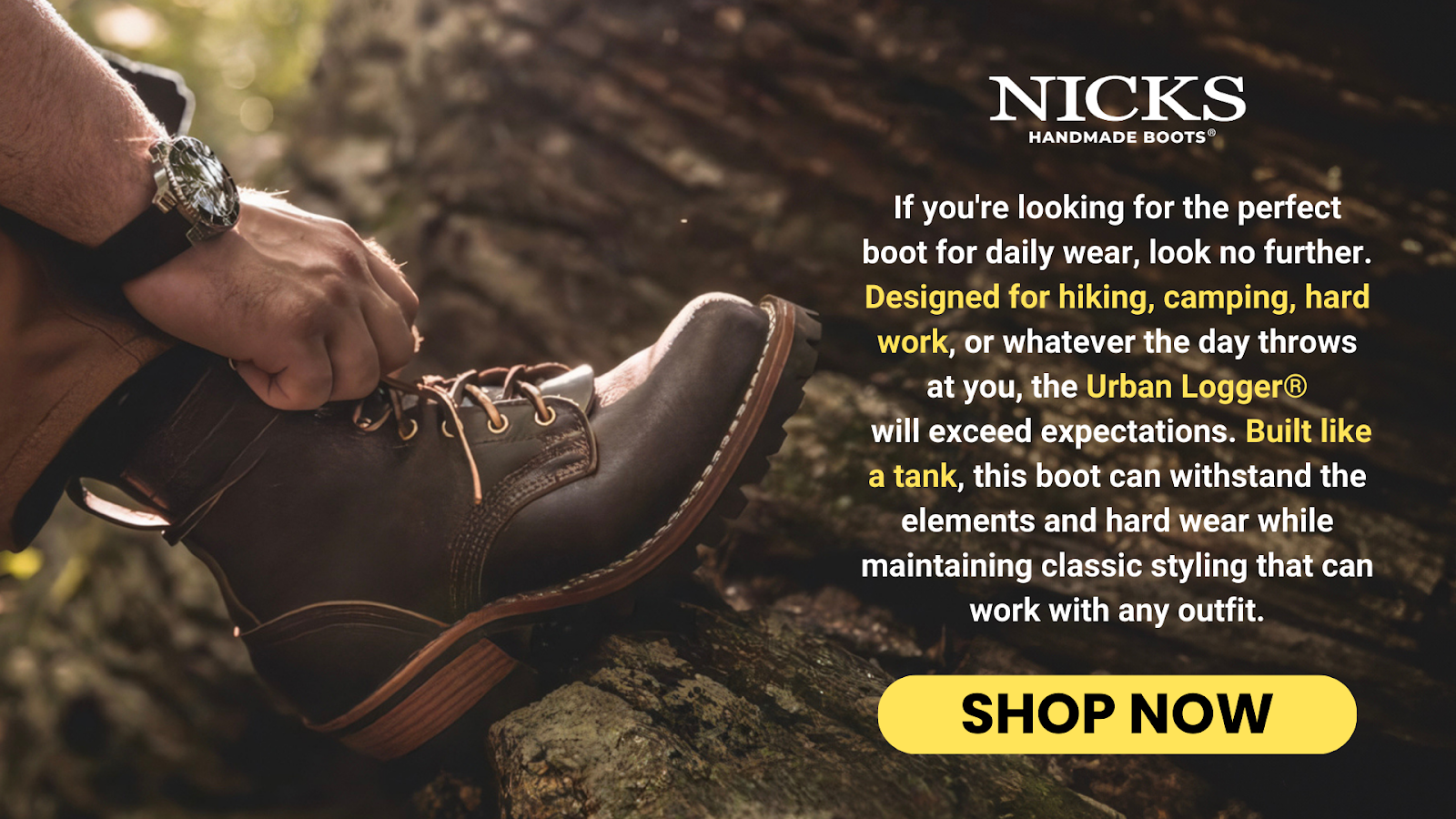

Cleaning Leather Boots: Step-By-Step Guide
Keeping leather boots clean, such as hiking boots, is essential for maintaining their appearance and structural integrity. Over time, dirt, grime, and moisture can accumulate, leading to discoloration and the breakdown of the leather's natural oils. A regular cleaning helps prevent these problems, ensuring your boots remain in excellent condition. Follow these steps for a thorough and effective cleaning process:
Step 1: Remove Loose Dirt
Start by gently brushing off loose dirt or dust with a soft-bristled brush or a dry cloth. This prevents dirt particles from scratching the leather during the cleaning process. Pay particular attention to seams and crevices where grime tends to accumulate. A quick pre-cleaning step makes the rest of the process more effective.
Step 2: Wipe With A Damp Cloth
Dampen a clean, lint-free cloth with water and lightly wipe down the surface of your boots. This removes surface-level grime and prepares the leather for deeper cleaning. Be careful not to saturate the material, as excessive moisture can damage the leather’s fibers. Work methodically, ensuring every area is evenly cleaned.
Step 3: Apply Leather Cleaner
Use a high-quality leather cleaner specifically formulated for your type of boots. Apply a small amount to a soft cloth and gently rub it into the leather using circular motions. This helps lift stubborn stains and restore the material’s natural luster. Always test the cleaner on a small, inconspicuous area first to ensure compatibility.
Step 4: Dry Properly
Allow your boots to air-dry naturally after cleaning, avoiding direct heat sources like radiators or sunlight, which can dry out and warp the leather. Stuff the boots with newspaper or a boot tree to help maintain their shape during drying. Patience is key here, as rushing the drying can lead to cracks or shrinkage.
Conditioning Leather Boots For Longevity
Conditioning leather boots is critical to ensure they remain soft, supple, and wear-resistant. Over time, leather loses its natural oils, leading to dryness, cracks, and loss of flexibility. Regular conditioning replenishes these oils, preserving the boot’s quality and extending its lifespan. Follow these steps to condition your boots effectively:
- Choose the Right Conditioner: Select a leather conditioner designed for your type of leather. Avoid products containing harsh chemicals or excessive waxes, as they can clog the leather’s pores. Using the right product ensures the leather absorbs the conditioner evenly, restoring its natural flexibility and luster.
- Clean Before Conditioning: Ensure your boots are thoroughly cleaned and completely dry before applying any conditioner. Dirt and moisture can trap unwanted particles, reducing the conditioner's effectiveness. Conditioning clean leather allows the product to penetrate deeply, providing optimal results.
- Apply Conditioner Sparingly: Use a soft cloth or applicator to apply a small amount of conditioner to the boots. Work it into the leather using gentle circular motions, focusing on areas that experience the most wear. Avoid over-conditioning, as too much product can leave the surface greasy or sticky.
- Let the Boots Rest: Allow the conditioner to soak into the leather for several hours or overnight. This ensures the material absorbs the nourishing oils fully and restores its flexibility. Afterward, gently buff the boots with a clean cloth to remove any excess product and bring out a polished finish.
Waterproofing: Protecting Boots From Moisture
Waterproofing your leather boots is essential for safeguarding them against moisture and extending their lifespan. Leather is naturally porous, so exposure to water can cause it to warp, weaken, or develop unsightly stains. Proper waterproofing will protect your boots from the elements while maintaining their quality. Follow these steps to ensure your boots are moisture-resistant:
- Choose the Right Waterproofing Product: Select a waterproofing product specifically designed for leather boots, such as wax-based treatments or sprays. Ensure the product matches the type of leather and the conditions your boots will face. A good waterproofing agent enhances protection without compromising the leather’s breathability.
- Clean and Condition First: Clean and condition your boots thoroughly before applying any waterproofing product. This ensures the leather is free of dirt and has adequate moisture to prevent cracking. Applying waterproofing to dirty or dry leather can trap impurities or worsen damage.
- Apply Evenly: Follow the product instructions to apply the waterproofing agent evenly across the boots. For sprays, maintain a consistent distance to avoid over-application, and for waxes, work it into the leather with a soft cloth. Pay extra attention to seams and stitching, as these areas are most vulnerable to moisture.
- Allow to Cure: After application, let the waterproofing agent cure for the recommended time. This allows the product to bond with the leather and form an effective barrier against water. To ensure optimal protection, avoid wearing the boots during this period.
Storing Leather Boots The Right Way
Proper storage is as important as cleaning and conditioning when maintaining leather boots. Incorrect storage methods can lead to creasing, deformation, or mold growth, especially if boots are stored in damp environments. By following these simple steps, you can keep your boots in top condition even when they’re not in use:
Clean And Condition Before Storing
Always clean and condition your boots thoroughly before putting them away for an extended period. Dirt and grime left on the leather can cause discoloration or damage over time. Conditioning the leather ensures it stays moisturized and prevents cracking during storage.
Use Boot Trees Or Stuffing
Insert boot trees or stuff your boots with acid-free paper to help maintain their shape. Boot trees are beneficial for keeping the leather smooth and preventing creases. Avoid using newspaper or other materials that might transfer ink or absorb moisture.
Store In A Cool, Dry Place
Choose a storage location that is cool, dry, and well-ventilated to prevent mold or mildew. Avoid places with direct sunlight or extreme temperatures, as these can dry out or warp the leather. An ideal option is a closet with good air circulation.
Protect From Dust And Moisture
Place your boots in a fabric dust bag or breathable storage box to protect them from dust and accidental moisture. Avoid using plastic containers, as they can trap humidity and lead to mold growth. Proper protection keeps the leather clean and ready for use.
Handling Common Leather Boot Issues
Even with regular care, leather boots can develop problems over time. Scratches, stains, and minor cracks are common, but they don’t have to ruin your boots. Knowing how to address these issues promptly can restore your boots and keep them looking their best:
Fixing Scratches And Scuffs
For minor scratches, use a soft cloth and a small amount of leather conditioner to buff the area gently. Deeper scuffs may require a specialized leather repair cream that matches the color of your boots. Always test the product on an inconspicuous area before full application.
Removing Stains
Act quickly to address stains using a damp cloth and mild soap for water-based stains. For oil-based stains, sprinkle cornstarch or talcum powder to absorb the oil before brushing it off gently. Avoid using harsh cleaners, as they can damage the leather.
Addressing Cracks
Small cracks can be treated with a leather conditioner to restore moisture and flexibility. Consider using a leather repair kit to fill the damaged area and improve its appearance for larger cracks. Regular conditioning helps prevent cracking by keeping the leather supple.
Resoling Or Repairing Worn Areas
If the soles or stitching of your boots show significant wear, consult a professional cobbler for repairs. Resoling can extend the life of your boots and maintain their functionality. Investing in repairs is often more cost-effective than replacing the boots entirely.
Tools And Products You’ll Need For Maintenance
Maintaining leather boots requires the right tools and products to ensure effective care and protection. Using items specifically designed for leather ensures you don’t damage the material and helps extend the life of your boots. Here are the essentials you’ll need to keep your boots in excellent condition:
- Soft-Bristled Brush: A soft-bristled brush is perfect for removing dirt and debris from the surface and seams of your boots. It’s gentle on the leather and prevents scratches while cleaning hard-to-reach areas.
- Leather Cleaner: A high-quality leather cleaner helps lift stubborn stains and grime without stripping the leather of its natural oils. To maintain its integrity, always choose a product specifically formulated for leather.
- Leather Conditioner: Leather conditioner replenishes the natural oils in the leather, keeping it soft, flexible, and resistant to cracking. For the best results, opt for a conditioner matching the leather type used in your boots.
- Waterproofing Spray or Wax: A waterproofing product protects your boots from moisture and water damage. Sprays and waxes are both effective, but select one suitable for leather to maintain breathability.
- Boot Trees or Shoe Inserts: Boot trees or inserts help maintain the shape of your boots during storage, preventing creases and deformation. They’re particularly useful for long-term storage or after cleaning and conditioning.
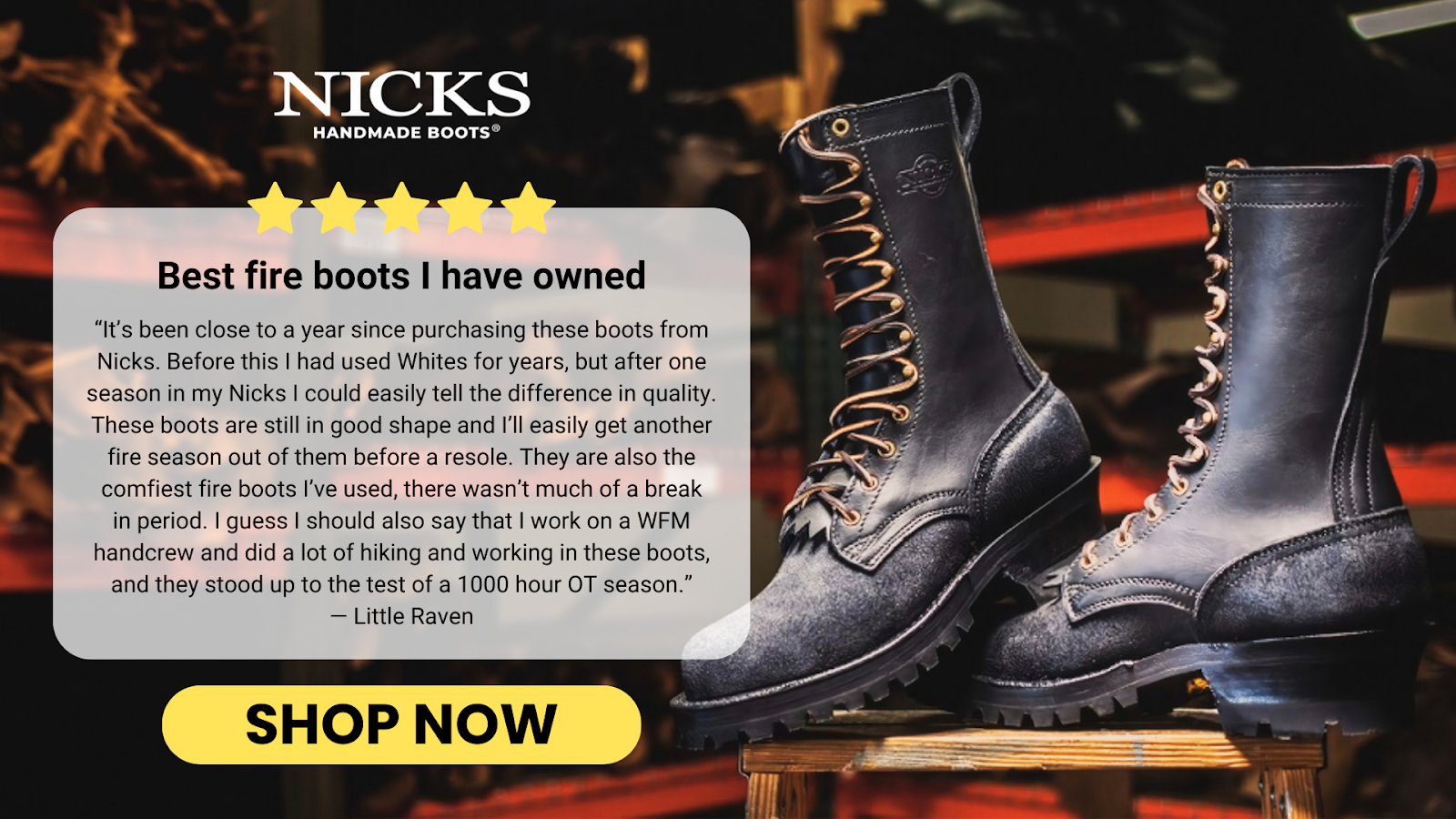

Final Thoughts
Taking care of your leather boots is more than just a maintenance routine—it’s a commitment to preserving quality, craftsmanship, and longevity. As a natural material, leather demands attention and care to retain strength and elegance. By nurturing your boots, you enhance their durability and uphold their timeless appeal, ensuring they remain a reliable companion for years to come.
Ultimately, maintaining leather boots is about respecting the investment and the craftsmanship behind them. Each step in their care, from cleaning to waterproofing, reflects an appreciation for quality that stands the test of time. Whether trekking rugged paths or walking city streets, your well-maintained boots will tell a story of care, resilience, and style—hallmarks of footwear built to last.
Read also:
Frequently Asked Questions About How To Maintain Leather Boots
How often should I clean my leather boots?
You should clean your leather boots after heavy use or when they appear dirty. For regular wear, a light cleaning every 1-2 weeks can help prevent buildup.
Can I use household cleaners on leather boots?
Avoid using household cleaners as they can strip the leather of its natural oils and cause damage. Always use a cleaner specifically formulated for leather care.
How do I know if my boots need conditioning?
If your boots look dry, feel stiff, or show signs of cracking, it’s time to condition them. Regular conditioning every few months helps maintain their suppleness.
Is waterproofing necessary for all leather boots?
Waterproofing is highly recommended, especially if you use your boots in wet or snowy conditions. It helps protect the leather and extend the lifespan of your boots.
What’s the best way to remove salt stains from leather boots?
Mix equal parts vinegar and water, dampen a cloth with the solution, and gently wipe the affected area. Follow up with conditioning to restore moisture.
Can leather boots be stored in their original box?
While the box is fine for short-term storage, long-term storage is better in a breathable dust bag or well-ventilated space to prevent mold or moisture buildup.
How can I prevent creases in my leather boots?
Using boot trees or stuffing the boots with acid-free paper helps maintain their shape and prevent creasing. Avoid over-tightening laces to reduce stress on the leather.
Are there any alternatives to boot trees?
Yes, acid-free paper or rolled towels can work as substitutes. These options help maintain shape while being more affordable than traditional boot trees.
Can scratched leather boots be repaired at home?
Minor scratches can be buffed out with a soft cloth and leather conditioner. A leather repair cream in the matching color works well for deeper scratches.
What’s the ideal humidity level for storing leather boots?
Leather boots are best stored in a space with a 40-60% humidity level. This prevents the leather from drying out or developing mold.
